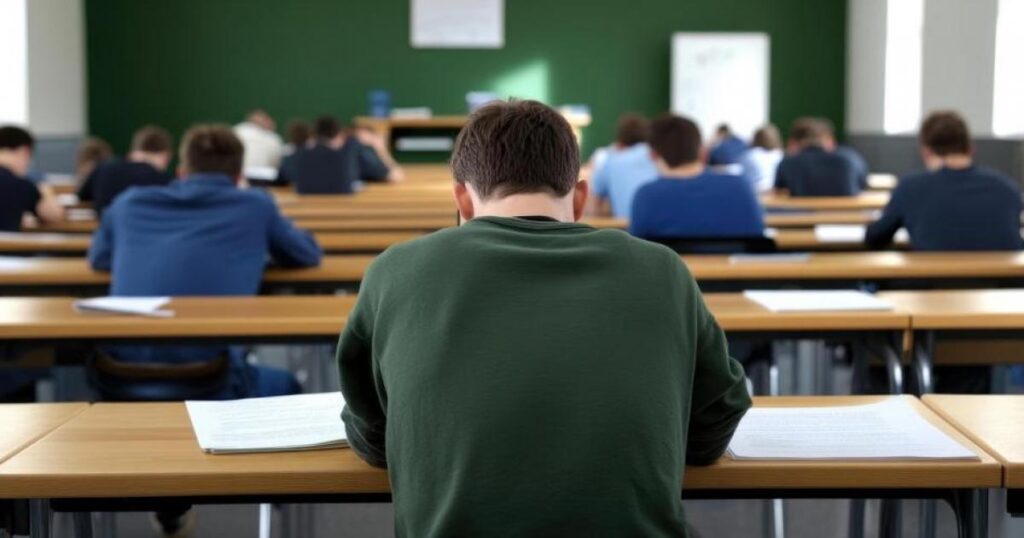The capital is facing a drop in demand for school places, with a declining birth rate the main reason, according to London Councils. A 20% decrease between 2012 and 2022 translated to 27,490 fewer live births.
Local authorities have cited a lack of affordable family housing, Brexit and the cost of living as contributing factors.
As part of the National Funding Formula, schools receive central government money per pupil, with some councils forced to close schools with too few pupils as a result.
Figures obtained by the Times show that across Brent, 68 state-run schools are under capacity, some by more than others.
Eight are over capacity but by tiny margins.
North Brent School is the most undersubscribed school with 882 unfilled places.
The school, in Neasden Lane, is part of the Wembley Multi-Academy Trust and has a 900 pupil capacity but only 98 on the roll.
E-ACT Crest Academy, in Neasden, has 718 unfilled places. The secondary school in Crest Road opened in 2014 replacing Crest Girls’ Academy, Crest Boys’ Academy and Crest Sixth Form. It has space for 2,050 pupils but only 1,332 on the roll.
Ark Elvin, in Cecil Avenue, Wembley, has a capacity of 1,750, with 1,304 pupils on the roll leaving 446 unfilled places.
At the other end of the scale, two secondary schools and six primary schools are oversubscribed.
Ark Academy, in Bridge Road, Wembley, has a 16-pupil surplus. The school has capacity for 15,70 and has 1,586 on its roll.
Queen’s Park Community School is oversubscribed by 27 pupils. The comprehensive school in Aylestone Avenue has capacity for 1,271 and 1,298 on the roll.
Mount Stewart Infant School is over by four pupils, Barham Primary by 26, Donnington Primary buy six pupils, Sudbury Primary by three, Fryent Primary by 28, and Oliver Goldsmiths Primary school has a capacity for 408 pupils and has 419 children attending.




